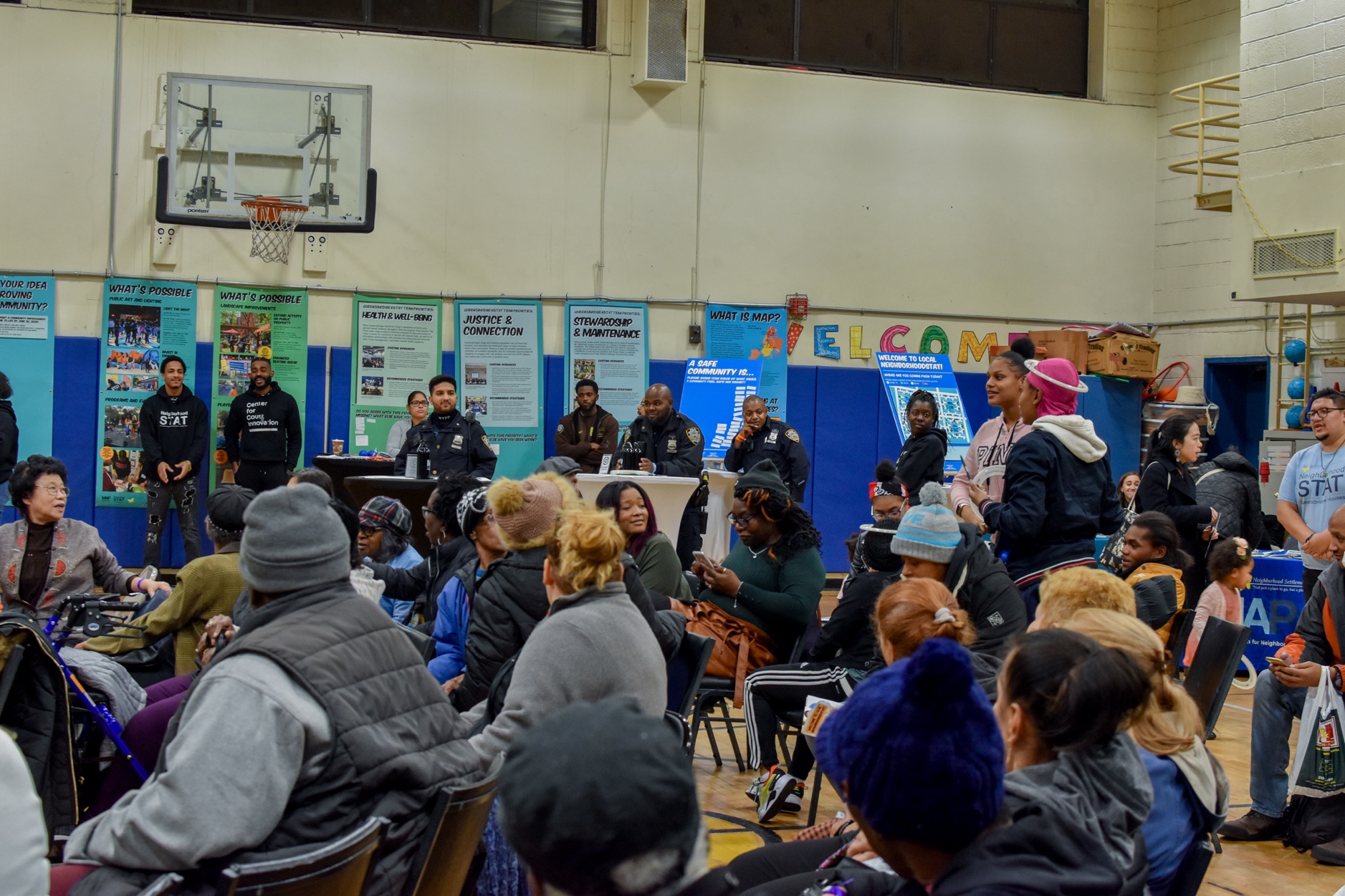If you’re interested in sharing your opinion on any cultural, political or personal topic, create an account here and check out our how-to post to learn more.
____
In the wake of mass civil unrest around the world, questions about what it means to keep communities safe and the role of law enforcement have again come to the forefront. It is no secret that the relationship between the police and the Black community is one rife with complexities rooted and entangled in a system of white supremacy and injustice. The very history of early policing is connected to the slave patrols of the south in America’s infancy.
From fledgling nation to world leaders, we have stumbled repeatedly in our quest to deliver on the promise of liberty and justice for all; the trauma of chronic tribulation moving freely from generation to generation. Once again the collective grievances are unbearable and we are forced to reexamine what afflicts us, what oppresses us, what makes it hard to breathe. We are faced with questions about what safety is, who owns it and how it's created.
Community residents know best what they need to feel safe. The peacekeeping tactics that have been used under the guise of protecting cities have singled out Black and Brown communities as enemies of peace. If we really want to understand how to undo the structural damage that has destabilized communities of color, government must abandon its policymaking from the ivory tower, and come take a seat at the people’s table. We are beyond talk. Action is the only viable response.
As the Executive Director of the Mayor’s Action Plan for Neighborhood Safety in New York City, I am tasked with working with residents in the city’s most disenfranchised neighborhoods to develop solutions that will make them not only feel safe but actually be safe. In the process, I have sat in on dozens and dozens of conversations with Black and Brown communities. While there are those for whom safety is very much about law and order, what is more commonly affirmed in those conversations is that safety isn’t about the absence of crime — it’s about the presence of opportunity. Crime is an outcome. It’s the product of centuries-long, government-backed structural inequity, disinvestment and dehumanization. It should not come as a surprise that neighborhoods with the least amount of government dollars flowing into the community, the lowest rates of educational attainment, minimal access to fresh food, and the highest rates of incarceration and chronic disease also have the highest rates of crime. This is what systemic inequity looks like.
This is also why Black and other communities of color rarely trust the government to act in their best interest or keep them safe. True safety lies in networks of strong community leaders, well resourced local organizations, unmitigated access to opportunity, a legitimate and responsive government, and the realization of justice. That’s why in New York City, we’ve spent the past four years developing NeighborhoodStat, or NStat. It’s a community-based, problem-solving process grounded in the belief that public safety cannot exist without the public. NStat is not a perfect solution, but it strives to serve as a mechanism for residents to achieve their vision of safety for their own communities.
A 2019 report from the Center for American Progress noted that “while this approach may seem like a radical departure from traditional policing-focused methods of crime reduction, the model is firmly grounded in evidence on the factors that influence neighborhood safety.” It also found that because NStat focuses on “micro-level communities,” that jurisdictions of all sizes seeking to address public safety through community investment can learn from it.
We’re always learning and adapting ourselves, but there are some things we know will rarely change. In order for a community-centered approach to safety to work, it requires, first and foremost, direct communication with residents who are experts in the rich assets of their community as well as its vulnerabilities. It requires sweeping and comprehensive investments in education and skill-building, employment, health and wellness, small business, recreation and physical spaces. It demands a coordinated effort from all stakeholders and uncompromised accountability from the government to ensure the right dosage of each intervention is applied as the community sees fit.
The power of hyper-local safety networks was never more apparent than during the COVID pandemic, when Black and Brown communities were disproportionately hit by both the disease and the city’s enforcement of safety guidelines. In response to the pandemic, we activated our MAP network and community partners like the Center for Court Innovation, Jacob Riis Settlement and Los Sures-Southside United, who hit the streets en masse to distribute PPE and make sure their communities had access to food and the supplies necessary to protect themselves. The city’s health and safety were compromised, and community networks came to our rescue to survive a pandemic.
As we consider the role of law enforcement in our communities, we must acknowledge that the police are not a one-size-fits-all solution to the myriad problems they have been empowered to solve. They should not be first responders when our loved one’s mental health is compromised, our child has a bad day at school, our teenager rebels, a member of our community is unhoused or our neighbor is battling the sickness of substance abuse. Organizations rooted in the community already know that person by name, and we have a responsibility to invest in their ability to respond. That is what we’re committed to do through the Mayor’s Action Plan for Neighborhood Safety and NStat.
We can no longer strip entire neighborhoods of resources and tell its residents to build a future with broken tools. It’s past time to divest from punitive enforcement and invest in well-being and opportunity. The days of using conditions that the government helped create as an excuse to over police neighborhoods are over. The time for communities to self-determine their own safety is now.
